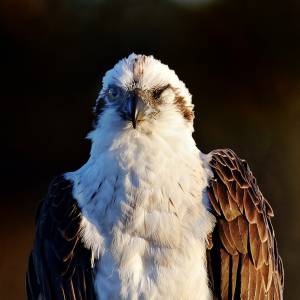"WATCH OUT!!"
Just watch were your going, this is my space!!
Described as one of Australia's most accomplished songbirds, the Australian Magpie has an array of complex vocalisations. It is omnivorous, with the bulk of its varied diet made up of invertebrates. It is generally sedentary and territorial throughout its range. Common and widespread, it has adapted well to human habitation and is a familiar bird of parks, gardens and farmland in Australia and New Guinea. Magpies were introduced into New Zealand in the 1860s but have subsequently been accused of displacing native birds and are now treated as a pest species.[2] Introductions also occurred in the Solomon Islands and Fiji, where the birds are not considered an invasive species. Spring in Australia is magpie season, when a small minority of breeding magpies (almost always males) around the country become aggressive and swoop and attack those who approach their nests, especially bike riders. This species is commonly fed by households around the country and is the mascot of several Australian sporting teams.
The Australian Magpie (Cracticus tibicen) is a medium-sized black and white passerine bird native to Australia and southern New Guinea. A member of the Cracticidae, it is closely related to the butcherbirds. At one stage, the Australian Magpie was considered to be three separate species, although zones of hybridisation between forms reinforced the idea of a single species with several subspecies, nine of which are now recognised. The adult Australian Magpie is a fairly robust bird ranging from 37 to 43 cm (14.5–17 in) in length, with distinctive black and white plumage, gold brown eyes and a solid wedge-shaped bluish-white and black bill. The male and female are similar in appearance, and can be distinguished by differences in back markings. With its long legs, the Australian Magpie walks rather than waddles or hops and spends much time on the ground. This adaptation has led to many authorities maintaining it in its own genus Gymnorhina, however a genetic study published in 2013 has shown it to be most closely related to the Black Butcherbird (C. quoyi) rather than an early offshoot from the other butcherbirds.
birds and boats

Comments
Sign in or get an account to comment.


